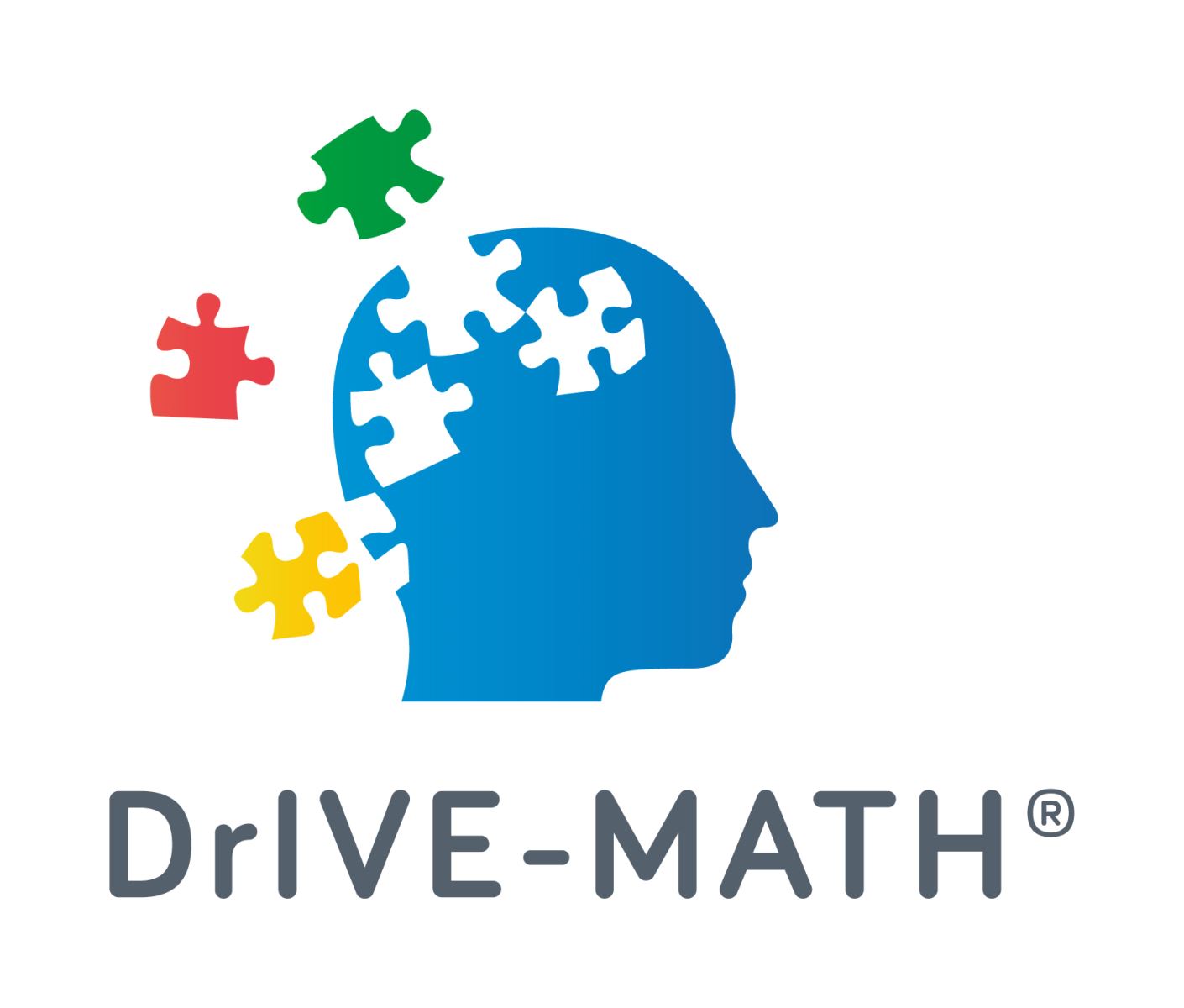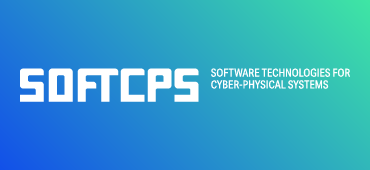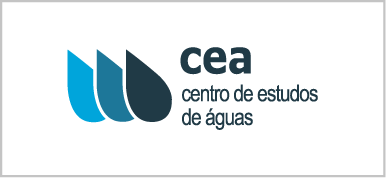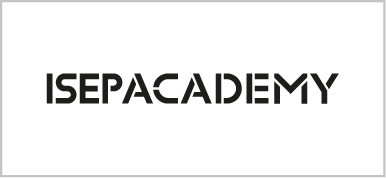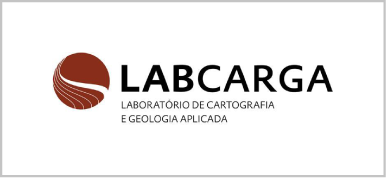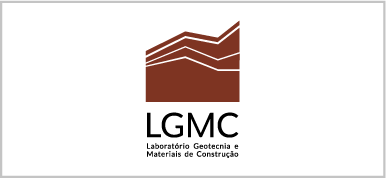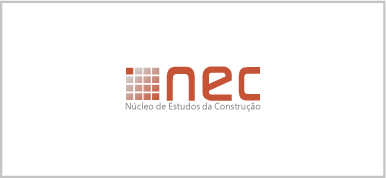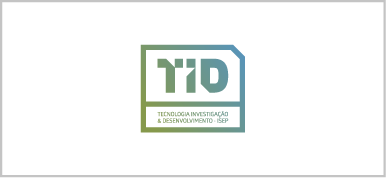
Abstracts
FERNANDO BLASCO
Abstract
There are a lot of card magic tricks that are based in mathematical properties. There are several tricks related to binary sistem of numbering but it's not the only example relating computing and magic: even there is a PhD Thesis that studied the relatioship between shuffles and dynamic computer memories. Error detecting codes, divisibility properties, algorithms and Gilbreath's principle are just some examples that underlie in some magic tricks. In this talk we present some of those effects as well as the mathematics they are based on. We also give clues for the people who like a deeper knowledge on this subject. The talk is intended as an interactive talk where attendees participate in "the show".
_____________________________________________________________________________________________
PAULA CATARINO
Abstract
It is our intention to to present and application of Didactic Engineering in the study and teaching of Jacobsthal Sequence presented in the work
Thamires Silva Aquino de Souza and Francisco Regis Vieira Alves, Didactic Engineering as a methodological instrument in the study and teaching of the Jacobsthal sequence, # Tear: Revista de Educação Ciência e Tecnologia, Canoas, v.7, n.2, 1-19, 2018.
According to the guidelines of the Didactic Engineering (DE) as a research methodology and in complementarity with the Theory of Didactic Situations, we will describe the main elements of two initial phases of DE, namely preliminary analysis and a priori analysis, highlighting the conception of didactic situations and the possible behaviors and resolution of the students before the two problem situations, organized for purposes of experimentation.
_____________________________________________________________________________________________
araceli quEiruga dios
Abstract
In recent years we started using different methodologies with engineering students. Engineering students need mathematics as a tool for other disciplines. Mathematics is not a goal, but a means to become a professional. Our game-based learning methods make students to change their minds and discover a new educational paradigm.
Young people in general and our students in particular, like playing games. Is it possible to think that they could learn and acquire competencies by playing? We present here some activities that we have used with freshmen from engineering undergraduate degrees to learn calculus and linear algebra.
______________________________________________________________________________________________
VIOLA LARIONOVA
Abstract
_______________________________________________________________________________________________
ZSOLTAN LAVICZA
Abstract
Besides tackling challenges and disruptions caused by digital technologies in schools, there is also a growing emphasis for encouraging creative thinking in education, innovating pedagogies and develop connections among subjects. Activities focusing on creative processes, rather than concentrating on achieving only results for posed problems, are being designed and trialled by innovative groups around the world. In my talk, I will introduce ideas and examples for technological, pedagogical and policy innovations involving STEM to STE-A-M (by the inclusion of Arts in a broader sense of creation and creativities) transitions. These examples will include STEAM research with the Experience Workshop Movement; studies related to GeoGebra and it new developments such as Augmented Reality, 3D Printing, Machine Learning and Mobile experiments; developing students’ skills through robotics and connecting digital and physical worlds; and possibilities to detect and nurture creative thinking processes from Big Data. An overview of such studies could offer new insights into developments of creativities, innovations for teaching and learning, and opportunities for nurturing further collaboration in these areas.
_______________________________________________________________________________________________
ana paula lopes e filomena soares
Abstract
In recent years, many Higher Education Institutions are trying to improve their efficiency, competitiveness and expand their potential public by investing in the development of online courses, which can offer more interaction and support and be accessible to a huge number of students from a wider sort of backgrounds. The conversion of a face-to face course into an online one is not easy, as it is not just about uploading lecture videos, sets of notes or lessons, it is necessary to consider the student’s needs, the instructional design and the best digital educational tools in order to support learning and teaching. A consortium of universities from six European countries is working in a European Erasmus+ Project, EngiMath, Mathematics online learning model in engineering education, these are developing a shared online platform for teachers to teach Mathematics in the first years of Engineering degrees and, on the other hand, to support student-centric learning and to encourage students to actively engage in the learning process to construct their own learning. In this context, several methodological and development issues of the online course will be presented, as well as students’ perceptions and feedback about the pilot course conducted.
Keywords: Erasmus+ Projects, Mathematics Curricula, Higher Education, Engineering Education, Teaching Methods, Learning Objectives, Math Skills, Educational Experiences, Online Education.
_______________________________________________________________________________________________
maria manuel nascimentO EVA MORAIS
Abstract
Statistics is now a basic component of citizenship education and its incorporation into higher education curricula aims to develop contents in its connections to the workplace and to daily life.
Engaging higher education students in their learning of statistics we intended to not only motivate them but also give them tools to face the current workplaces and the world changes. Therefore, different views of using statistics should be encouraged. Namely, including activities in the classes that promote the development of students’ critical thinking skills, one of the current soft skills that has been enhancing in several studies in higher education future professionals.
The teaching of Probability and Statistics’ courses in the second year of different engineering degrees will be presented emphasizing the importance of an active approach to statistics emphasizing the critical thinking skills of the future engineers that have been developed within the Erasmus + Project CRITHINKEDU (http://crithinkedu.utad.pt/en/crithinkedu/).
_______________________________________________________________________________________________
CHRISTIAN MERCAT
Abstract
Come and dance to the beat of function graph with FunctionHero game that we used on 1 year INSA engineering students! http://bit.ly/FunctionHero Tame Julia's dragon with bare hands (and looking for bassin of attraction of fixed points of z?z²+c): http://bit.ly/JuliaWebcam Subjugate an elephant with karate (and similarity transformation): http://bit.ly/ElephantKarate Be a tree! (with an Iterated Function System) http://bit.ly/HommeArbre Fractale yourself (with a conformal map): http://bit.ly/webcamconf
_____________________________________________________________________________________________
deolinda dias rasteiro
Abstract
In higher education, mathematics has an important role in engineering courses. From any engineering course curriculum there are, in the first year, curricular units (CU) in the area of mathematics that are fundamental for students to acquire the necessary basic knowledge to the most specific CU of their course. Without this well-established mathematical foundation, success in the engineering CUs is seriously compromised. During an engineering course, students learn and consolidate the basic principles of mathematics and learn other advanced concepts to solve practical problems, reinforcing their mathematical knowledge. However, although mathematics is a basic discipline in admission to engineering courses, difficulties are identified by engineering students in CUs related to mathematic basic core. In this context, it seems pertinent to identify and assess the mathematics competencies attained by engineering students so that they can use these skills in their professional activities. In this paper we present some results obtained while participating in RULES_MATH project, namely ways to assess competencies in calculus, algebra and statistical methods curricular units.
_______________________________________________________________________________________________
FILOMENA SOARES
Abstract
Do teachers need to learn how to teach?
Do students improve their learning if they are actively engaged?
Changing roles!
A case-study from a teacher who is learning how to teach….
_______________________________________________________________________________________________
RENÁTA VÁGOVÁ
Abstract
Understanding three-dimensional objects from their two-dimensional representations can be challenging. Not all students can easily understand parallel projections of geometric solids onto a plane in order to see the relative positions between their shapes and figures. This talk draws on a design-based research project aimed at integrating the combined use of physical and digital resources into follow-up cube cross-section lessons. In particular, it covers my experiences with and detailed description of the second worksheet integrating the combined use of 3D printing and GeoGebra applet. The manipulation of multiple images strives to support the development of students’ mental images, visual abilities and processes. The material was designed under the lens of the instrumental genesis approach, regarding the visualisation model elements.
_______________________________________________________________________________________________
daniela velichová
Abstract
New scenarios of organization of education process considerably influenced also the form of receiving knowledge and depth of understanding acquired by students. Visualization of mathematical concepts and hands-on-manipulations with these abstract visualized models in environment of dynamic mathematical software represent new forms of active learning methods. Visualization can be also regarded as a certain form of application of a piece of theoretical conceptual knowledge. Creation of visual models is also a kind of verification of the depth and level of conceptual understanding.< Dynamics opens ways to discovering the context, understanding connections and relations, which is often more important than detailed but fragmented pieces of knowledge.

